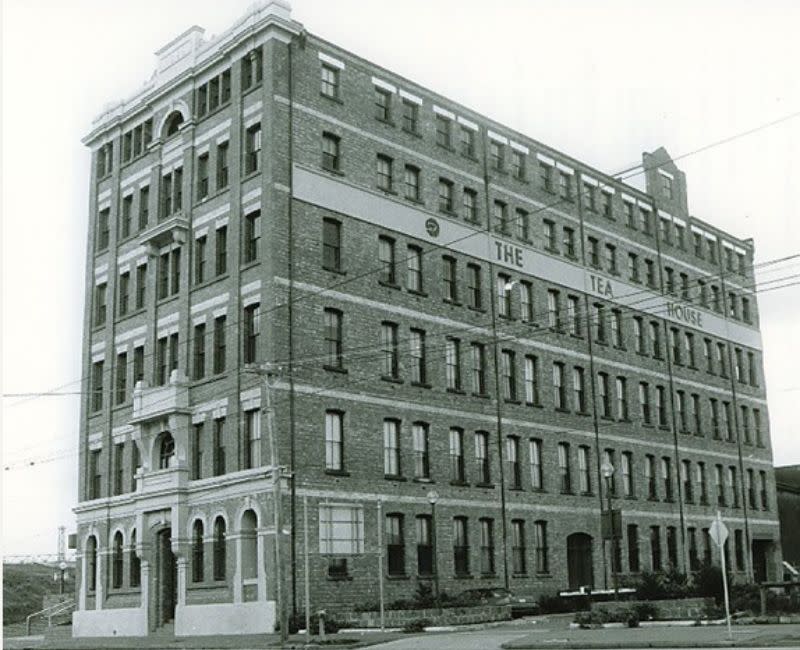Heritage Watchdog Rejects Monno Tea House Towers

The Victorian government has knocked back a proposal for a $100-million redevelopment of the heritage-listed Robur Tea House in central Melbourne.
Melbourne-based boutique developer Monno won unanimous approval from Melbourne City Council in August last year for seven integrated towers ranging in height from three to 27 levels surrounding the 135-year-old warehouse on three sides.
But Heritage Victoria has said no, with the council’s executive director saying the heritage listing would be “consumed by the proposed development”.
“The ability to understand and appreciate the place as a freestanding landmark building would be lost,” Steven Avery said.
“The combined height, number and density of the tower components and their proximity to the Robur Tea Building would cause substantial harm to the cultural heritage significance of the place.
“The proposed demolition works to the north, south and west elevations to allow for access between the Robur Tea Building and the proposed development would have adverse physical impacts on the cultural heritage significance of the place,” Avery said.
Costa Fox—which became Monno in a management reshuffle in November last year—purchased the property at 28 Clarendon Street, Southbank, for $28 million in mid-2019.

The plans, by Norwegian architecture practice Snohetta, called for a mixed-use precinct comprising a hotel, high-end apartments, office and retail spaces as well as a basement carpark.
The heritage warehouse was to act as the entrance and lobby for the 154-key Tea House Hotel, as well as being used to create 4000sq m of A-grade office space on floors one, two and three, with rooftop restaurants and bars to occupy the first, third and fifth floors.
But Heritage Victoria, now a branch of the state’s Department of Transport and Planning, said the proposal was based on highest and best use of the place and not its cultural heritage significance.
“It (the proposal) is considered to be an overdevelopment of the heritage place,” Avery said.
“It has not been demonstrated that economic sustainability via a smaller development with less impact on the cultural heritage significance of the place is not achievable or that refusal would affect the reasonable and economic use of the registered place as commercial office space or any other reasonable use.

“The negative impacts of the proposal outweigh the benefits,” he said. “The benefits could be achieved with a less intensive level of development.”
The Victorian branch of the National Trust of Australia agreed.
In a letter to Heritage Victoria’s Avery in February this year, it pointed to a 2018 proposal for a 24-storey tower at the site.
That, too, had been refused by Heritage Victoria “due to substantial detrimental impact on the cultural heritage significance of the place and an inappropriate level of change for the viable economic use proposed”.
“The National Trust believes that these issues have not been appropriately addressed in this new proposal,” the trust’s acting manager for advocacy, Maddi Moore, wrote.
The Robur Tea Building—built between 1887 and 1888—began life as a six-storey warehouse for Fergus and Mitchell, printer and stationers. It was later used by the Robur Tea Company to store tea chests.
It was entered into the Victorian Heritage Register in 1982 as “one of the finest and most prominent examples of a 19th century warehouse in Melbourne”.
“It was, and continues to be, a landmark,” the register says, “and is one of the few surviving industrial and warehouse buildings that once dominated the south bank of the Yarra River.”
Monno’s managing director, Geno Hubay, said a full appeal had been lodged with Heritage Victoria.













